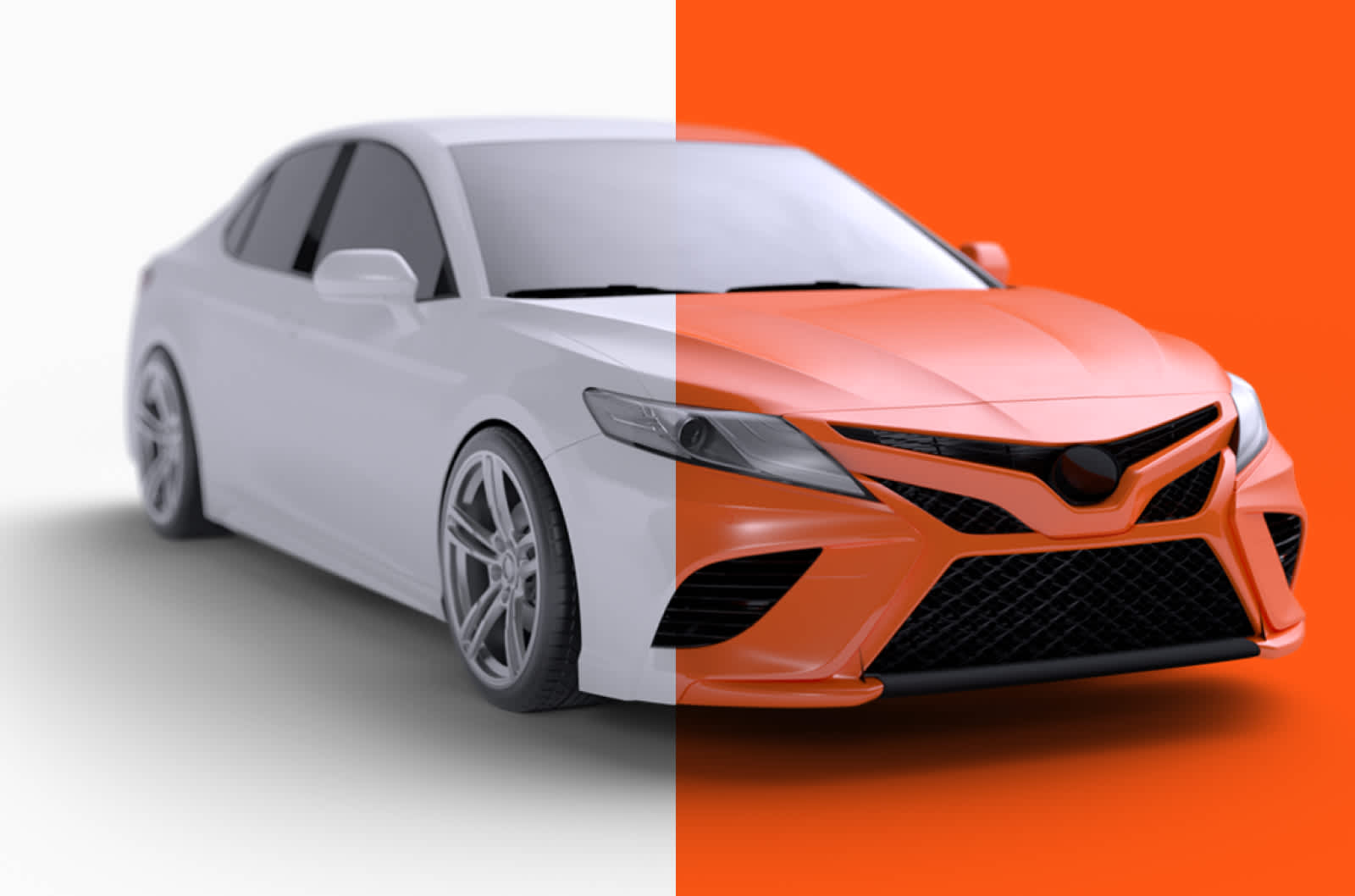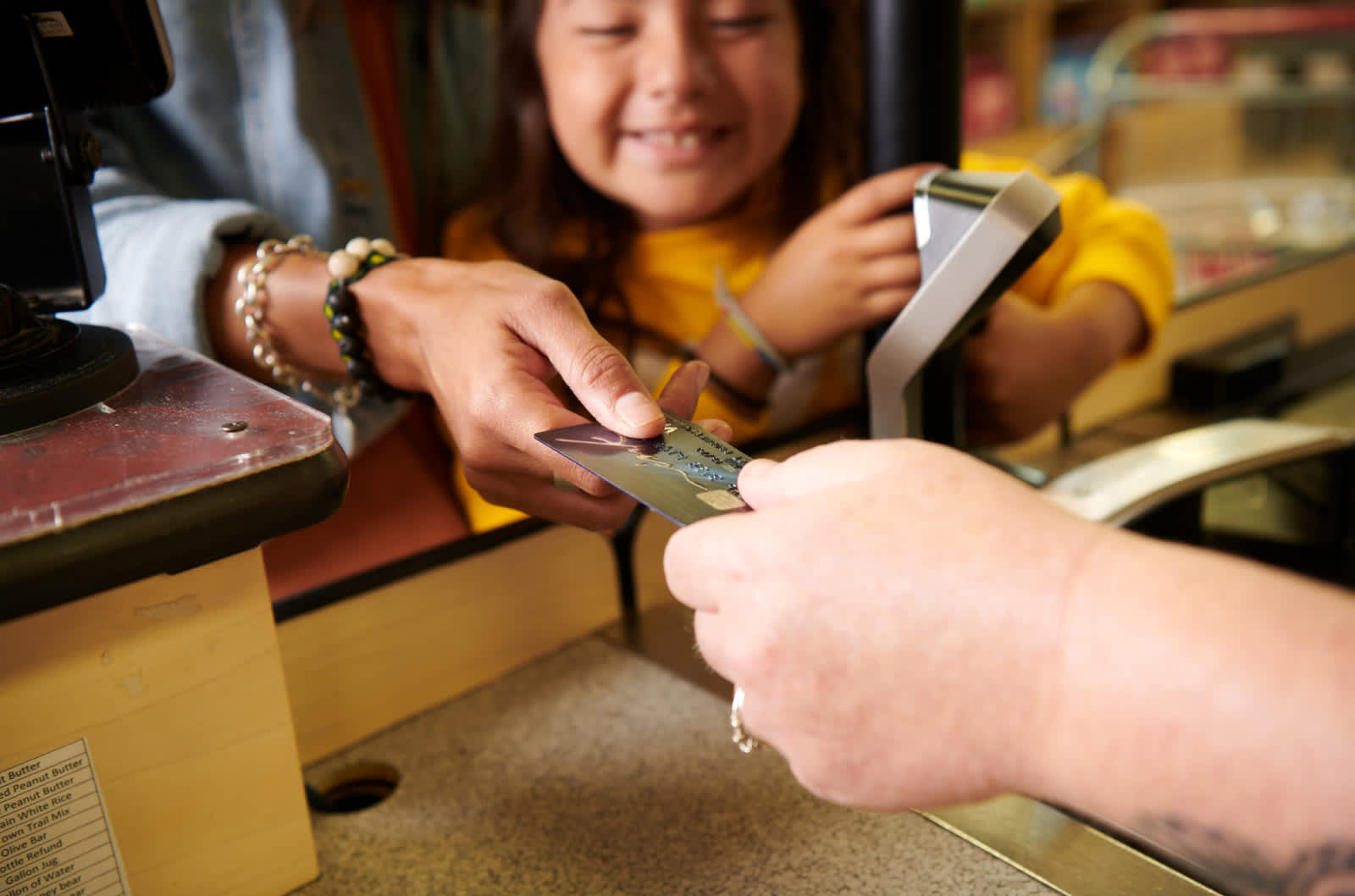April 25, 2019
13 tips for focused driving
People admit to spending 13 minutes a day on their phones while driving. That’s 91 minutes a week of distracted driving, which greatly increases the chances of getting into accidents.
We have to do better for the sake of everyone who shares the road. These 13 tips and statistics should help you give your full attention to focused driving. That’s one tip for every minute per day that we need to take our eyes off our phones and turn them to the road ahead.

1. Commit to phone-free driving
99% of drivers say their phone is the source of their top 3 distractions while driving.
You’ve probably heard it said that changing a negative habit—or building a positive one—requires commitment and goal-setting. Science says to dedicate at least three weeks to not using your phone at all while driving to break the habit. Put it in the glove box, trunk, your bag, or wherever it will be well out of reach.
2. Map out your route before you leave
Look up or plug in directions ahead of time, so you have at least a general idea of your driving route. Looking up directions while you’re on the road is as risky as texting and driving. If you need to make adjustments during your drive, pull over when and where it’s safe to do so.
Remember, stop signs and traffic lights are for regulating traffic flow and checking whether it’s safe to proceed—not for reading or sending texts.
3. Create a pre-driving ritual
Seatbelt, mirrors, music, maps—whatever you need for your ride, set it up before you drive. Like buckling up, it will become second nature in no time.
4. Prep your playlist
How many times has your podcast or playlist ended before your drive did? Prepare a driving soundtrack that covers your commute in advance. Here’s a playlist to get you rolling.
5. Enable Do Not Disturb
52% of adult drivers who check their mobile devices while driving report that a group chat is the thing most likely to turn their attention away from the road.
If you forget to put your phone out of reach, the Do Not Disturb feature can be a literal lifesaver. You’ll be less tempted to check a message if all of the pings are on pause. You can customize your settings and even create auto replies.
6. Limit passengers and pets
13% of drivers admit to playing with pets while driving.
Sometimes, loading kids and pets into the car is unavoidable. For their safety and to limit any distractions they might cause, be sure to buckle children into their seatbelts or car seats, and secure pets in harnesses or crates.
7. Stop multitasking
Nearly half of drivers (47%) say their biggest concern on the road is distracted driving. Yet 82% of drivers admit to using a mobile device themselves.
It’s easy to think, “Other people can’t multitask, but I can, just for a second.”
But no one is the exception to distracted driving. If you’ve multitasked or texted while driving before and been fine, you’ve just been lucky—so far.
8. Unless you’re at the drive-in, save screen time for later
10% of drivers have watched a streaming video, such as a show or movie, while driving.
Theatres and living rooms are the place for taut drama—not the streets and roads we all share.
9. Finish your morning routine before you leave
18% of drivers admit to grooming while behind the wheel. And 12% say they’ve changed clothes while driving.
Whether eating or shaving, nearly 3 in 10 drivers (29%) admit to using body parts other than their hands when steering. Vehicles are for getting around safely, not to finish getting ready.
10. Set aside time for socializing
When we carry around our social networks in our pockets, we get used to instant communication. When someone likes your photo or sends you a message, dopamine levels in your brain increase. So, it makes sense that we want to immediately satisfy the urge to check our smartphones.
Set aside time in your day to check social media—outside of your car—until it becomes a habit.
11. Embrace alone time, and keep calm
Smartphones have set expectations that we’re always reachable, wherever we are. Now, with unrealistic time demands, interconnectivity, and entertainment at our fingertips, we struggle with alone and quiet time.
Try using your commute as an opportunity to get away from it all—no emails, phone calls, or deadlines. Just focus on the road.
If that road is a traffic jam and you feel your emotions rise, allow yourself time to cool off where it’s safe to pull over on the side of the road or at an exit. Driving while highly emotional can be extremely dangerous. Pause serious conversations with passengers until you’re not driving and can give each other the attention the situation deserves.
12. Accessorize your ride
If you’re going to make a call—in the case of an emergency only—use a bluetooth device, so your hands are free. Some states require this by law.
There are accessories that can help, including mobile phone car cradles and mounts. However, it’s still dangerous to use voice commands and bluetooth while driving, so please use them sparingly.
13. Use rideshares
Not driving is better than driving while distracted. Consider using a rideshare company if you’re going to be texting, emailing, shopping, etc.
Breaking habits is hard, but it’s not impossible. And the facts around distracted driving are sobering. Experiment with incentives and routines to figure out what works for you, and remember that change is a journey worth taking.
At Root, we base your rate primarily on how you drive. So, if you’re already a good driver with great driving habits, you could save hundreds annually with Root.
Information cited here is from our second annual distracted driving study we conducted online through Wakefield Research.
Related Posts

February 18, 2019
5 tips for switching car insurance companies
Changing your car insurance company is not as complicated as you might think, and switching could amount to big savings that are worth a small hassle. Read more

November 25, 2019
Can credit score impact your car insurance rate?
If you’re having trouble getting an affordable rate on insurance it might be your credit score. Traditional insurance companies use it to determine your rate. Read more

February 19, 2020
Car insurance for college students
Some insurance carriers charge young drivers more for insurance because of their age. Here’s what parents and students should know about having a car on campus, insuring it, and having car insurance during school and after graduation. Read more